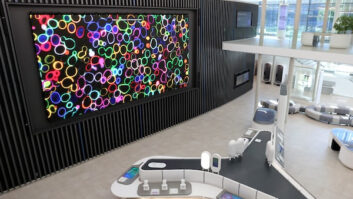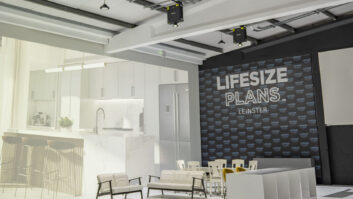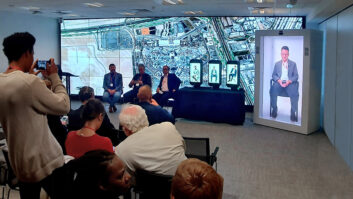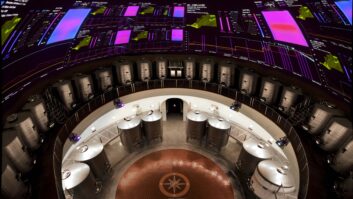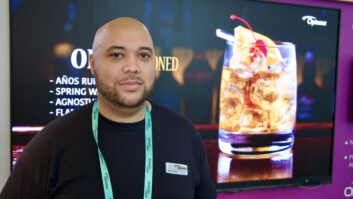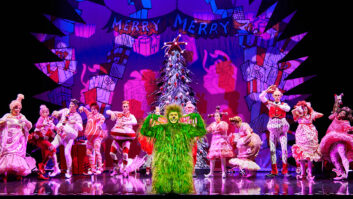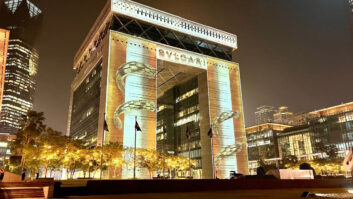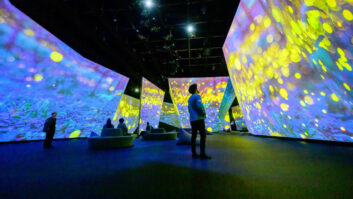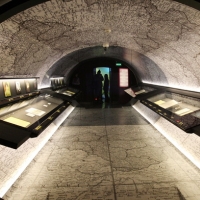
Gradually, the global architectural community is becoming more open to what AV can do for buildings and, as a result, is starting to consider the needs of AV at an earlier stage in a building’s construction – or, just as often, reconstruction. A case in point is the Chopin Museum in the Polish capital, Warsaw, which uses a number of projectiondesign F12 and F32 series projectors. Using a mixture of soundscapes based on Chopin’s work, state-of-the-art video projection and visitor interactivity, architects Ico Migliore and Mara Servetto have created an attraction that offers not just a feast for the senses but a highly personal experience.
On entering the exhibits, each visitor is given a unique RFID card which allows them to personalise their experience, interact with the various displays, and ask questions of the museum’s electronic data archive. There is no set order in which the exhibits should be viewed; on the contrary, visitors are encouraged to choose their own route, with the RFID code sensing their location every step of the way.
“Video projection has been very helpful to us in creating a sense of scenography where the potential for reconstructing a part of Chopin’s life is limited by a paucity of historical information,” says the museum’s curator, Alicja Knast. “Furthermore, by merging projection with proximity sensors, we effectively expand the perceived space, making many of our rooms appear larger than they really are.”
The task of implementing the architectural and curatorial vision for the museum’s technology fell to Polish systems integration company Microtech International, which was responsible for the design and installation of all audio, video, lighting, control and content management systems. While LCD screens are used in some rooms and for features such as interactive kiosks, in other spaces there was a need for larger images, and in these Microtech chose video projection solutions from projectiondesign.
“We can no longer treat the visitor to a museum like this as a passive observer,” says Alicja Knast. “Flat, two-dimensional visual solutions are not enough, and we are proud that there is no ‘regular’ projection in our museum. By adding the component of interactivity, we allow the visitor not only to move around in our space, but to have their own impact on the visual domain through their own tactile sensations. Last but not least, our use of projection allows each visitor to make their own impact on the museum and leave a creative imprint on its collection – which is something we care about very much.”
